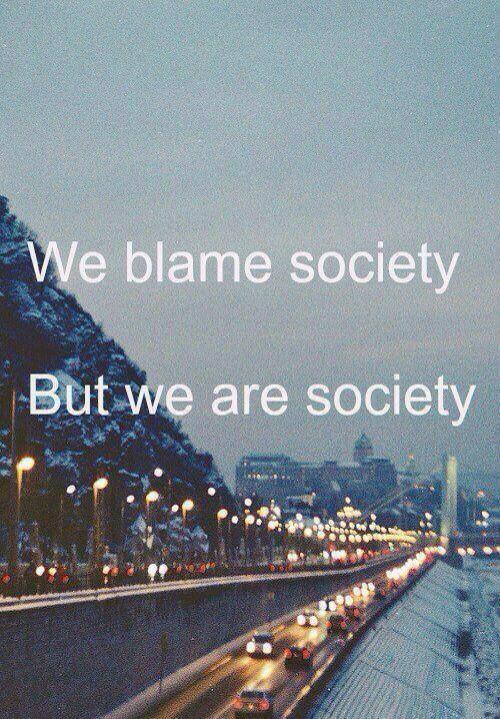5. In terms of your ideas related to cosmology and physics, at 10, you began thinking about the universe. The reason for existence. At 21, you came to a realization. You note, “All the big theories are built around big equivalences.” Namely, your realization of an equivalence between the operation of information in an individual consciousness and the operation of space & matter in the universe. Both have self-consistency. In addition to this, and later in response to a similar topic in Noesis 58, you state, “I believe in matter and space as information held in some vast awareness…” What do you mean by these? In particular, the idea of a great equivalence. How have you developed the idea from the original equivalence to the present day?
I’ve continued to think about this stuff and think I have a pretty good theoretical framework, though it needs more math.
I believe that it’s almost impossible to have a large, self-consistent system of information without that system having some degree of consciousness – probably a high degree. Consciousness can be characterized as every part of a system knowing what’s going on, more or less, with every other part of the system, within a framework that assigns (emotional) values to events perceived by the system. (Of course there are processes which are peripheral to consciousness – most of the time, we’re not aware of the finer points of breathing or walking or why we like looking at cat videos and butts.)
Plenty of people think that the universe is a massive processor of information. Quantum mechanics mathematicizes the limitations of the universe’s information-processing ability. Being finite, the universe cannot observe itself with infinite precision.
6. Provided the nature of these particular equivalences, especially related to the universe, do you have a mathematical model to represent this equivalence? Furthermore, do you have a layman analogy for this equivalence?
I think the most efficient model of the information contained in a complex, self-contained and self-consistent system of information looks like the universe – locally three-dimensional (spatially) with linear time and particles and forces that transact business more or less the way they do in the universe itself.
I don’t believe in the big bang – instead, I believe that what looks like a big bang is kind of a trick of perspective, based on the universe being made of information. Parts of the universe which have less information in common with us are more distant and red-shifted. The apparent age of the universe is a measure of the amount of information it contains (or has in play). Somewhat similarly, train tracks don’t really touch at the horizon.
Kind of picture the universe as being at a slow boil. Some parts are energy-rich and expanding, while other parts are burned out and pushed to the outskirts by the expanding regions, waiting for their chance to expand again.
